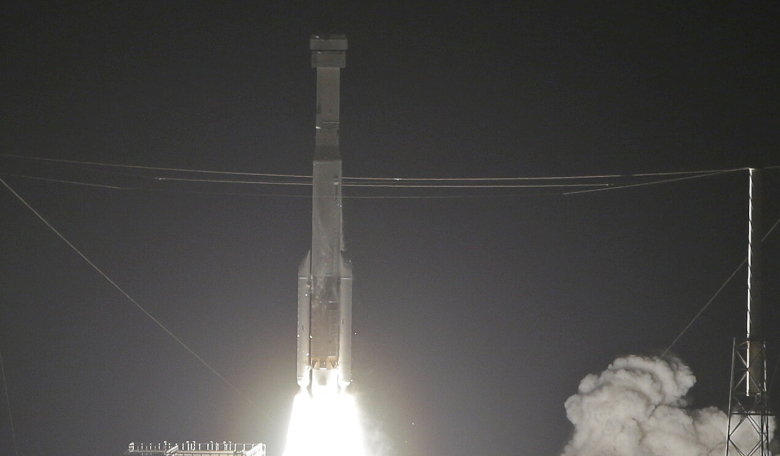Despite a text book launch today, the anticipated inaugural launch of Boeing's new Starliner capsule has run into trouble in orbit shortly after blast off.
At 6:36 a.m. EST (1136 GMT) this morning, the reusable CST-100 Starliner capsule launched atop the United Launch Alliance "N22" Atlas V rocket from Space Launch Complex 41 at Florida's Cape Canaveral Air Force Station.
"It was stunning to see," NASA spokesperson Marie Lewis said. "We could feel the rumble."
However, just half an hour into the flight, Boeing reported that the capsule's insertion into orbit was not normal.
“The spacecraft currently is in a stable configuration while flight controllers are troubleshooting,” said a statement on NASA’s website. “Starliner has an off-nominal insertion, but Boeing has spacecraft control. The guidance and control team is assessing their next maneouver.”
The Starliner – Boeings answer to SpaceX’s Crew Dragon Capsule – was supposed to reach the International Space Station and deliver, amongst other things, Christmas treats and presents for the six space station residents, but a rendezvous may now be out of the question.
The uncrewed test flight is a crucial step in preparation for next year's launch, which will carry astronauts for the first time. At the moment, the only life-sized object in the commanders seat is an anthropometric test device (ATD) or flight test dummy named Rosie.
Named after Rosie the Riveter, an inspirational figure for working women during World War II, the mannequin’s role is to collect data via a series of special sensors that once analysed, can inform NASA and Boeing about how Starliner's journey to and from space will likely affect future human crew members.
In the last hour both NASA chief Jim Bridenstine and Boeing have taken to Twitter to advise the burn needed for a rendezvous with the ISS did not happen.
Boeing have since followed up to say that “flight controllers have just completed an adjustment burn and are assessing next steps.”
A joint news conference will be held at 9 am Eastern on NASA TV say Boeing to give an update on the latest developments surrounding this issue.
**Latest update**
14:00 GMT; NASA Administrator Jim Bridenstine says the Starliner spacecraft consumed more fuel than anticipated due to a problem during the orbit insertion burn. He says this precludes a rendezvous with the International Space Station...
14:40 GMT; Bridenstine: A lot of things went right today! This is why we test. But it appears as though the mission elapsed timing system had an error. And that anomaly resulted in the vehicle believing that time was different than it actually was.
14:44 GMT; Bridenstine: If we had had crew in there they would have been safe, and had they been in there we may well have been docking with the ISS tomorrow.
15:01 GMT; Starliner to return to White Sands in around 48hrs











